Inside Qantas’ hidden vault as airline celebrates 90 years of flying internationally
From lunch menus that soared at 30,000 feet in the 1960s, to the first designed business class cabins — here’s a look inside a secret room in a corner of the country rarely seen.
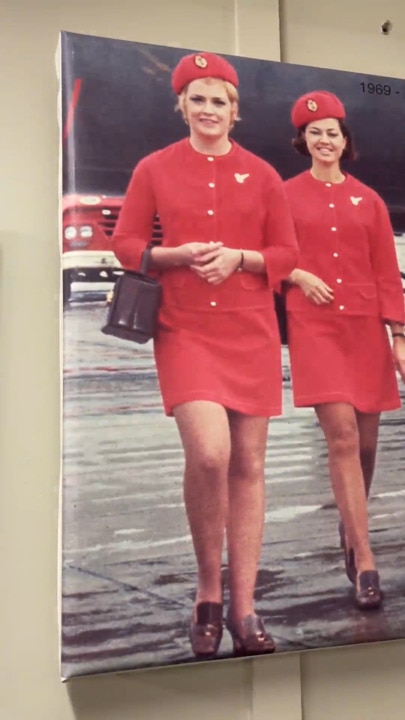
From lunch menus that soared at 30,000 feet in the 1960s, to the first designed business class cabins of the 70s — there’s a secret sanctuary embedded in a corner of the country where all the history of Australia’s national carrier is hidden away.
To mark Qantas’ 90th anniversary of international flying, news.com.au got a sneak peak into the highly secured and top secret building where the airline’s oldest pieces of memorabilia — from decades of uniforms and replicas of cabin classes to the airline’s first ever plane tickets and menus — are on display.
All housed in this top secret location, and guarded by security and tended by curators, the doors were swung open to celebrate the airline’s 90th anniversary of flying internationally.

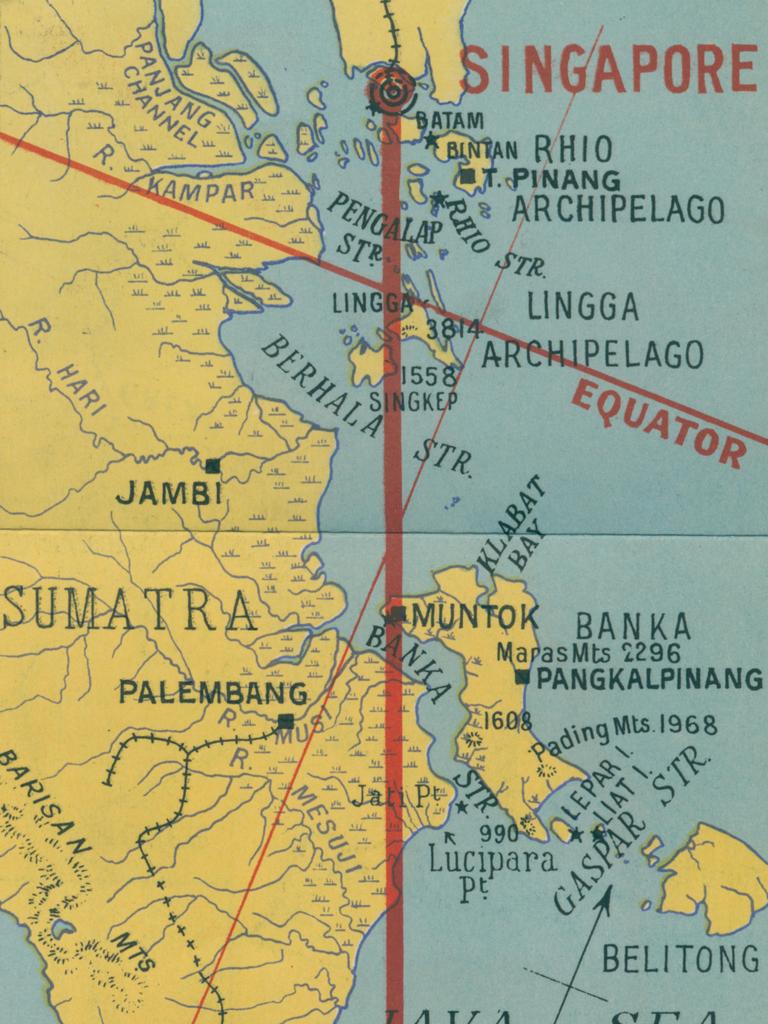
On 17 April 1935, Qantas operated Australia’s first international passenger flight from Brisbane to Singapore, carrying two customers on a DH86 aircraft. The flight took three and a half days with 16 stops along the way.
Today — the airline’s network spans 56 routes to 34 destinations in 25 countries around the world. And that particular journey is now non-stop and about 8 hours long.
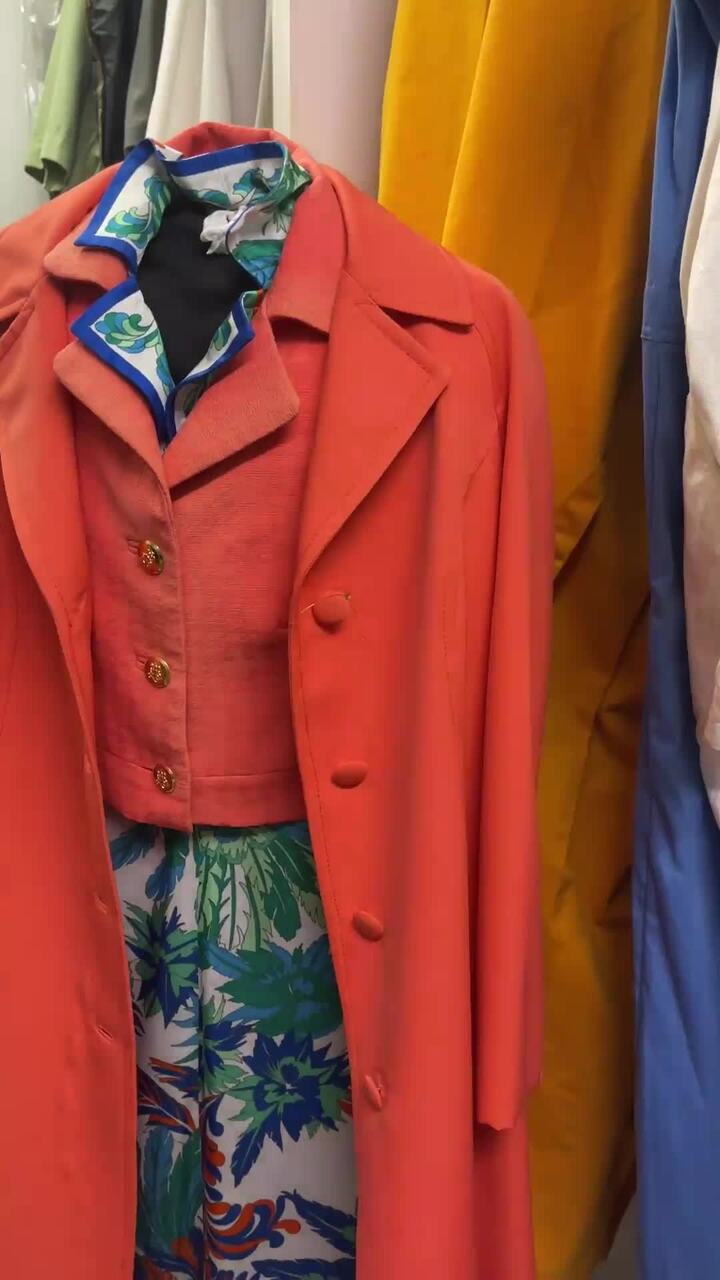
Speaking to news.com.au at the airline’s heritage centre, Qantas’ heritage collection curator David Crotty, said the milestone was a big feat for the world of aviation in Australia.
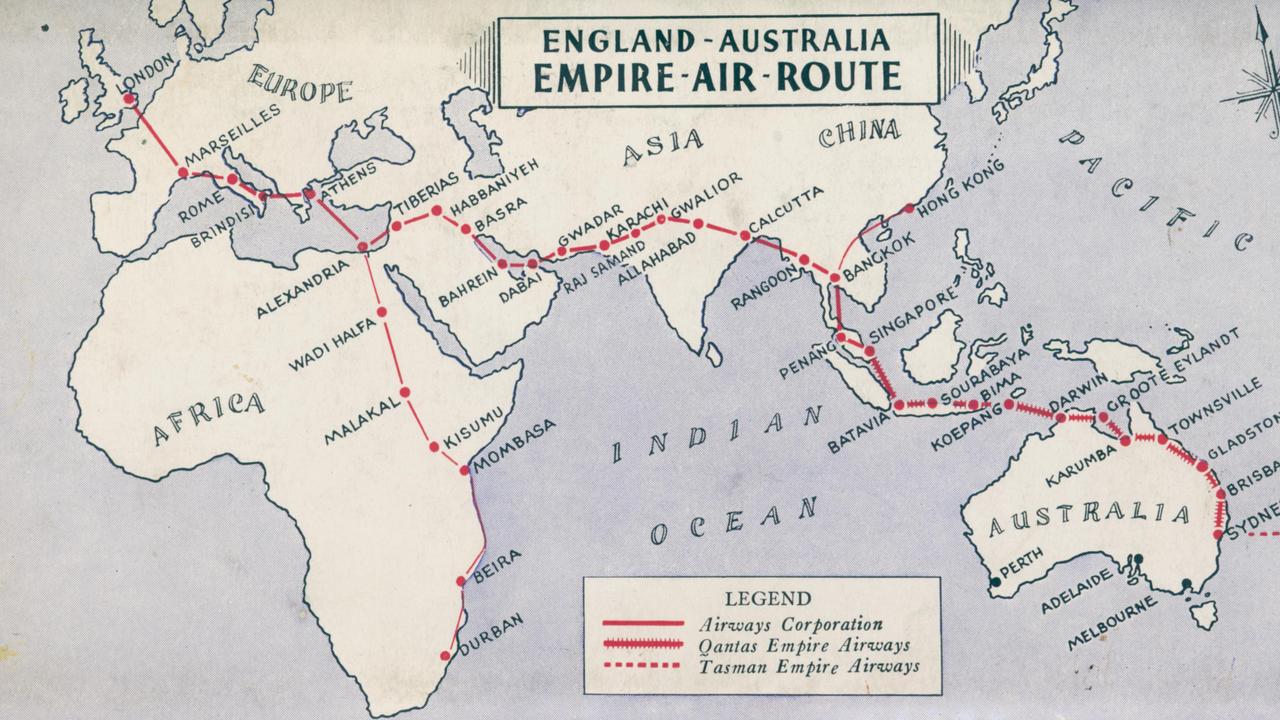
“17th of April is the first international flights by Qantas, so while Qantas had been around 15 years before that they were only flying domestic,” he said.
“They got a contract from the Federal Government and the British government to carry airmail and airmail was subsidised, so by flying overseas you got a certain amount for every mile you flew and how much mail you took making these flights possible.
“But it could also carry passengers and freight. So that was the icing on the cake. The contract between Brisbane and Singapore, so that was our first international air route.”
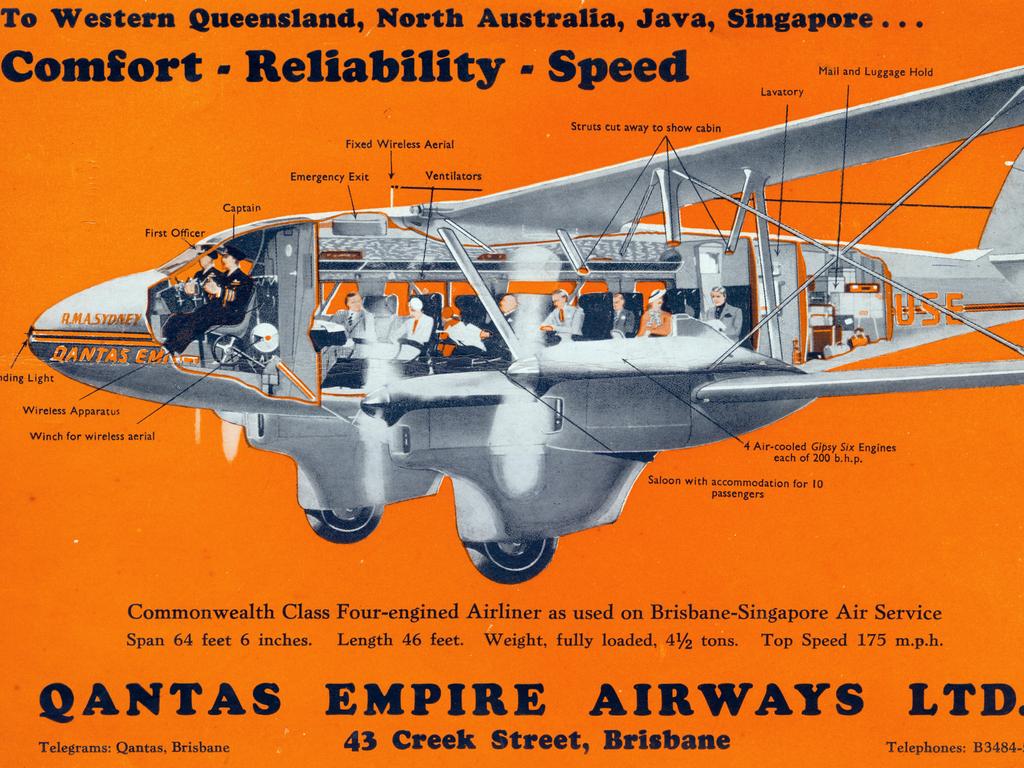
Now, while that leg would only take about eight hours today, back then a flight to Singapore from the Sunshine State and onwards to London would be closer to 13 days of travel.
“The route [Brisbane to Singapore] connected up with Imperial Airways, which was the forerunner of British Airways back then which put services through to Singapore,” he explained.
“So we put connecting services with them, so you could get all the way to London in 12 or 13 days. But by sea would take four or five weeks so 12 days by comparison was pretty quick.”
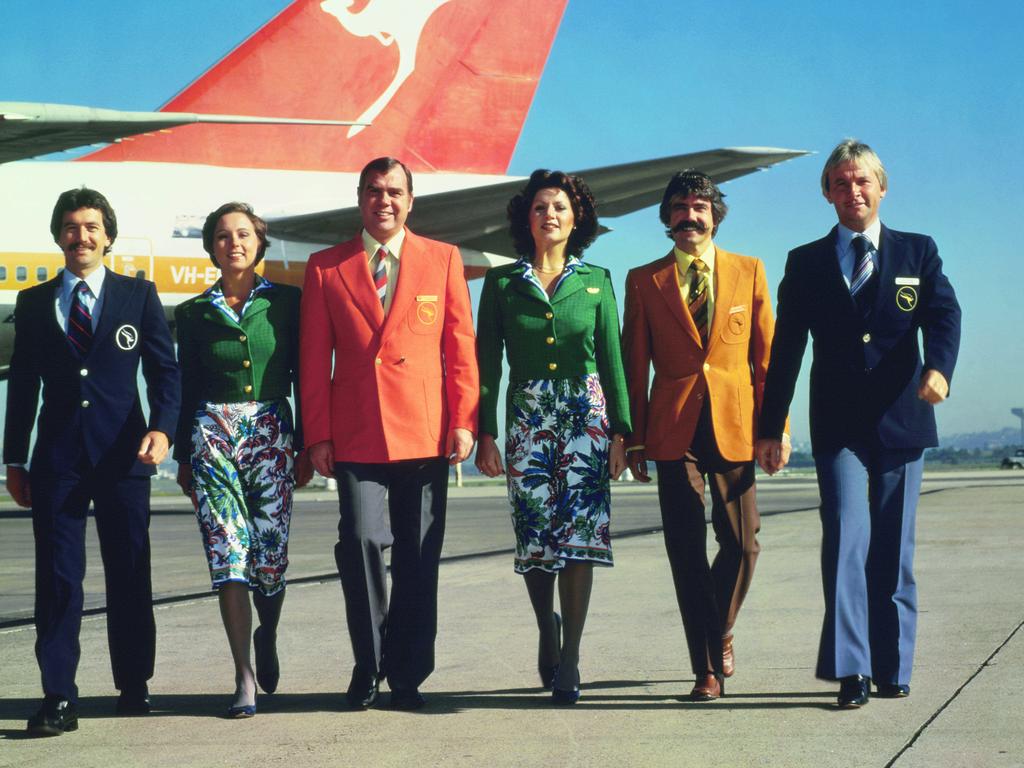
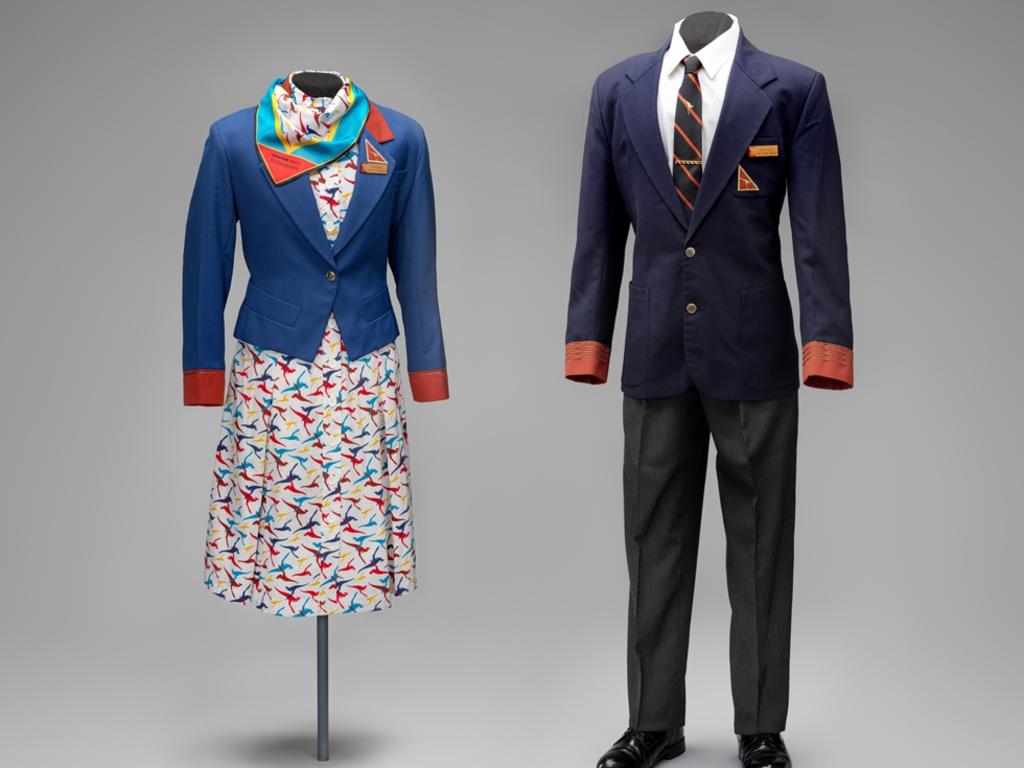
With aisles of memorabilia, from old seats to parts of aircraft wings, amenity kits and cockpit dials — you could spend hours within these four walls.
And while the mode of transport is a big focus of the centre, which has obviously changed from the early ‘flying boats’ the more modern-day ‘jet era’ — my personal standout of the room was undoubtedly the decades of uniforms on display.
From Peter Morrissey to Yves Saint Laurent, Martin Grant and George Gross — the originals and replicas on display filled an entire room.
For Mr Crotty, who has been employed with the heritage centre for 13 years and has seen and felt all the looks — there’s one era that goes down as his favourite.
“My favourite would have to be Pucci, but I do have a soft spot for the Yves Saint Laurent with the big shoulder blades in the 1980s,” he laughed.
“They were very cool as well.”






